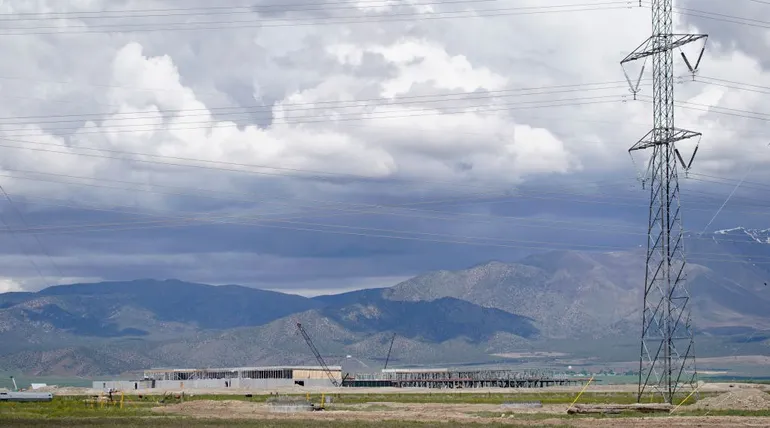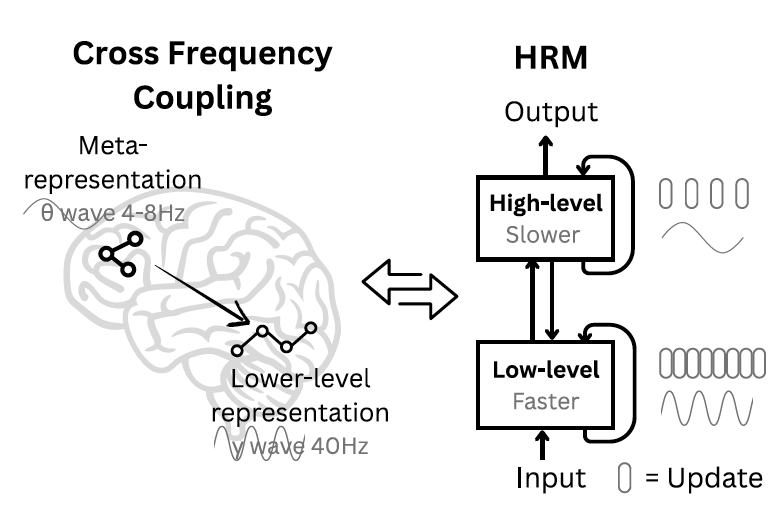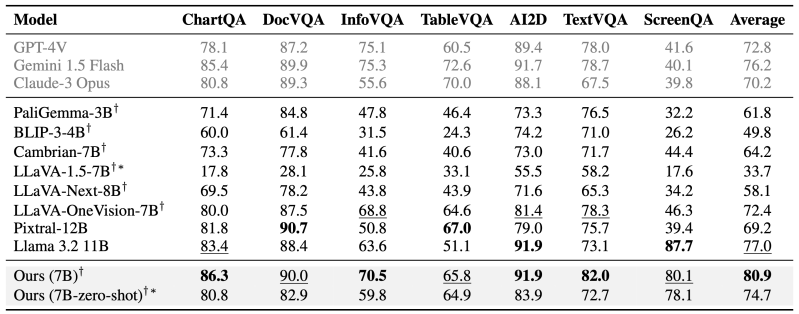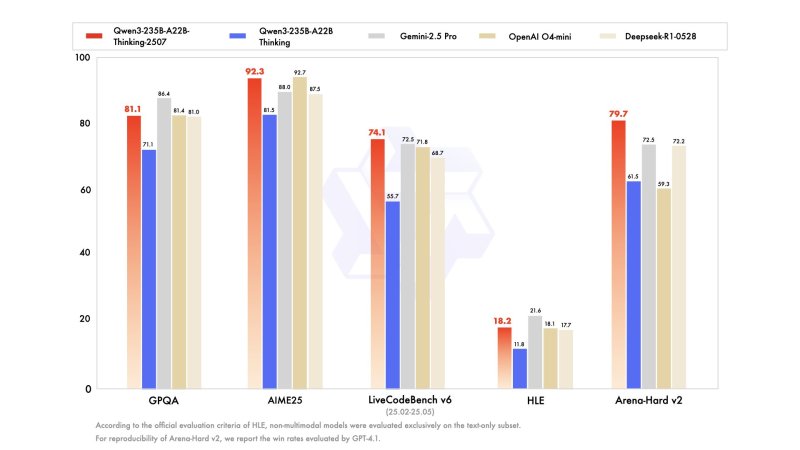Abbe Ramanan is a project director at Clean Energy Group. In 2020, the Virginia Assembly passed the Virginia Clean Economy Act, a law that required the state’s largest utility, Dominion Energy, to generate all its electricity from renewable resources by 2045. However, Dominion has found a useful loophole to get around the law’s requirements — data centers. Viriginia hosts the largest data center market in the world, and is home to at least 150 hyperscale data centers, with more being proposed. In its recent integrated resource plan, Dominion cited projected energy demand from these data centers as a key reason to delay retiring existing power plants, including the Clover Power Station, a coal-powered peaker plant in Halifax County, a disproportionately low-income region. In addition to delaying peaker retirements, Dominion has proposed building new gas-powered generation, including a 1-GW peaker plant in Chesterfield, a community that already shoulders an undue environmental burden from existing natural gas- and coal-fired generation. Similar stories have played out across the country as data centers become more and more ubiquitous, particularly in the Southeast. Utilities in Virginia, Georgia, North Carolina and South Carolina have proposed building 20,000 MW of new gas power plants by 2040. Data centers driving the projected load growth are being used to justify this buildout. In Virginia, Georgia and South Carolina, data centers are responsible for at least 65% of projected load growth. Data centers are also delaying the retirement of fossil fuel power plants nationwide, with at least 17 fossil fuel generators originally scheduled for closure now delaying retirement. This new gas buildout, as well as the delayed retirement of fossil fuel generators, overwhelmingly harms Black and brown communities, who face higher energy and environmental burdens. The gas bonanza is especially concerning because the projected demand from data centers could be






















